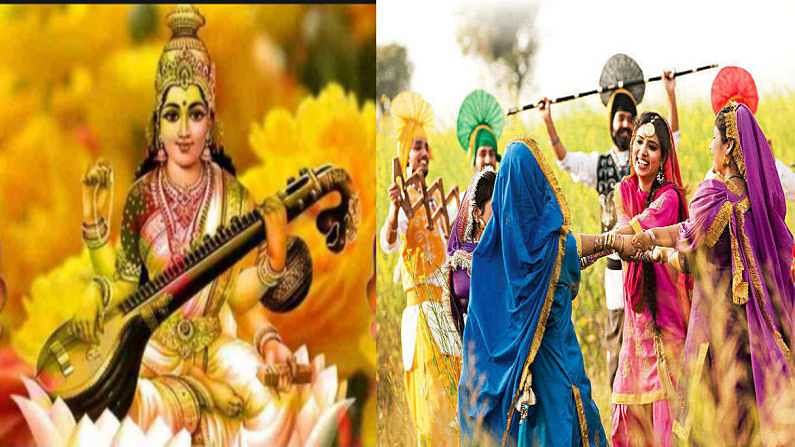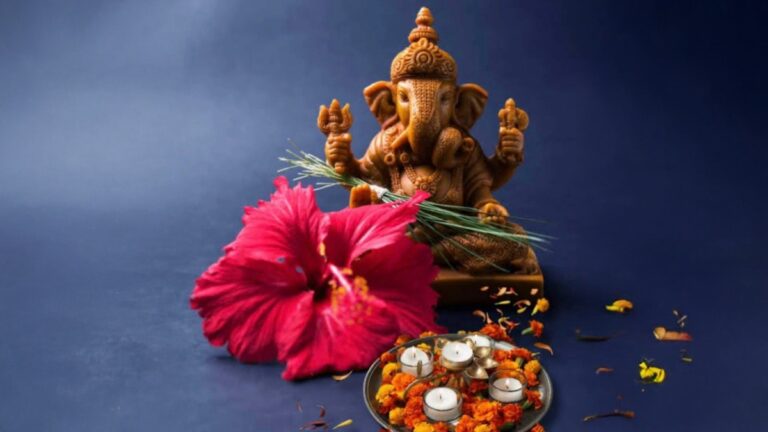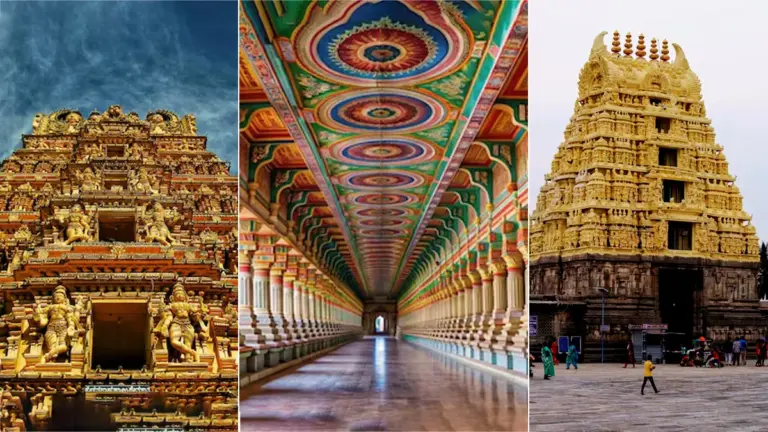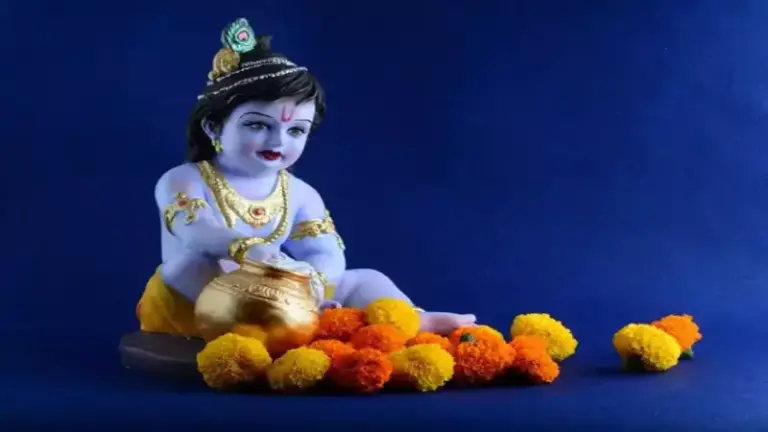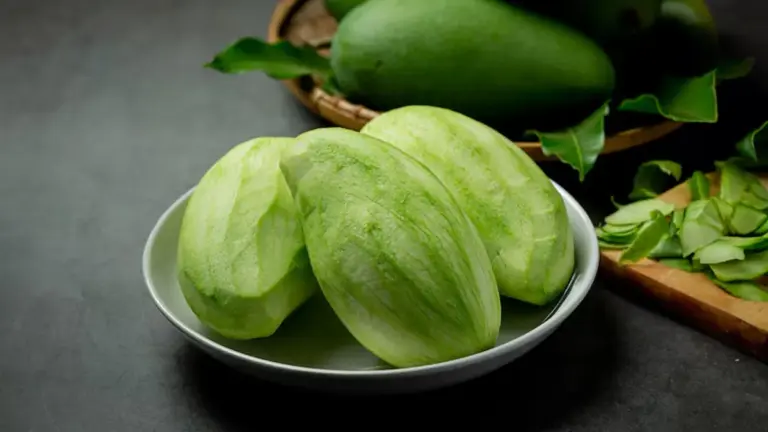Basant Panchami: The festival also known as Vasant Panchami is celebrated on the first day of spring and falls on the fifth day of the month of Magha.
It is about new beginnings and is considered an auspicious day in India. Basant Panchami also marks the beginnings of preparation for Holi, which falls forty days after the festival.
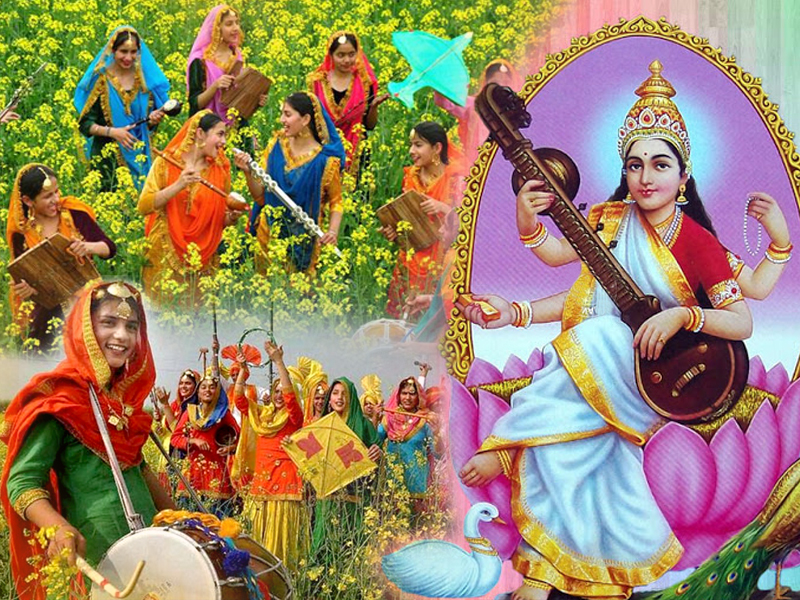
The festival is dedicated to Maa Saraswati, the goddess of knowledge, music and art. On this day goddess Saraswati is worshipped in temples as well as by students in schools and colleges. Vasant Panchami is also known as Shri Panchami and Saraswati Panchami.
Date and Saraswati puja time
This year Basant Panchami will be celebrated on February 5 and the Vasant Panchami Muhurat is from 07:07 AM to 12:35 PM. Vasant Panchami Madhyahna Moment will be at 12:35 PM, according to drikpanchang. Although there is no special time to perform Saraswati Puja on Vasant Panchami day one should make sure that Puja is done when Panchami Tithi is prevailing.
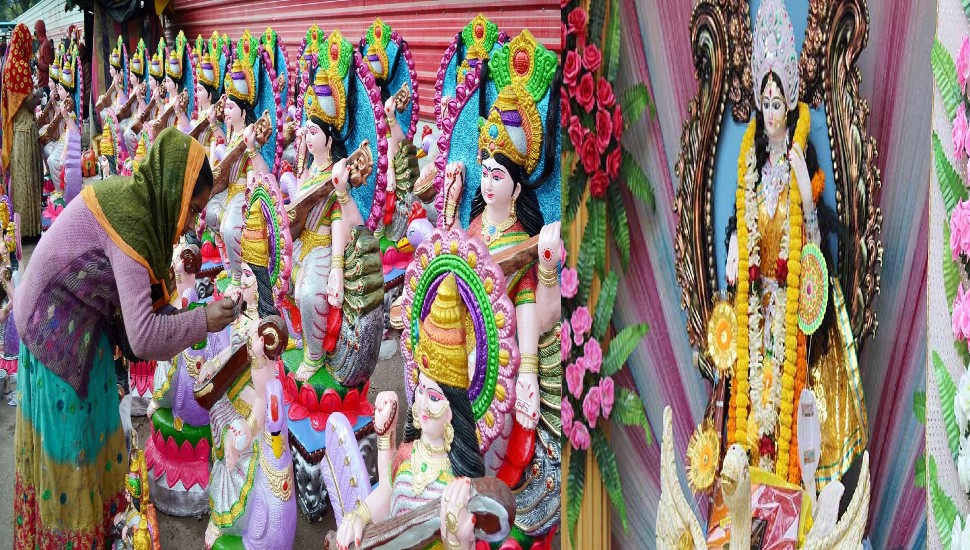
Significance
The color yellow has a lot of significance on the day. People celebrate the day by wearing yellow outfits, worshipping goddess Saraswati and eating traditional dishes. The color yellow symbolises knowledge and also denotes mustard fields that are associated with the arrival of the spring season.
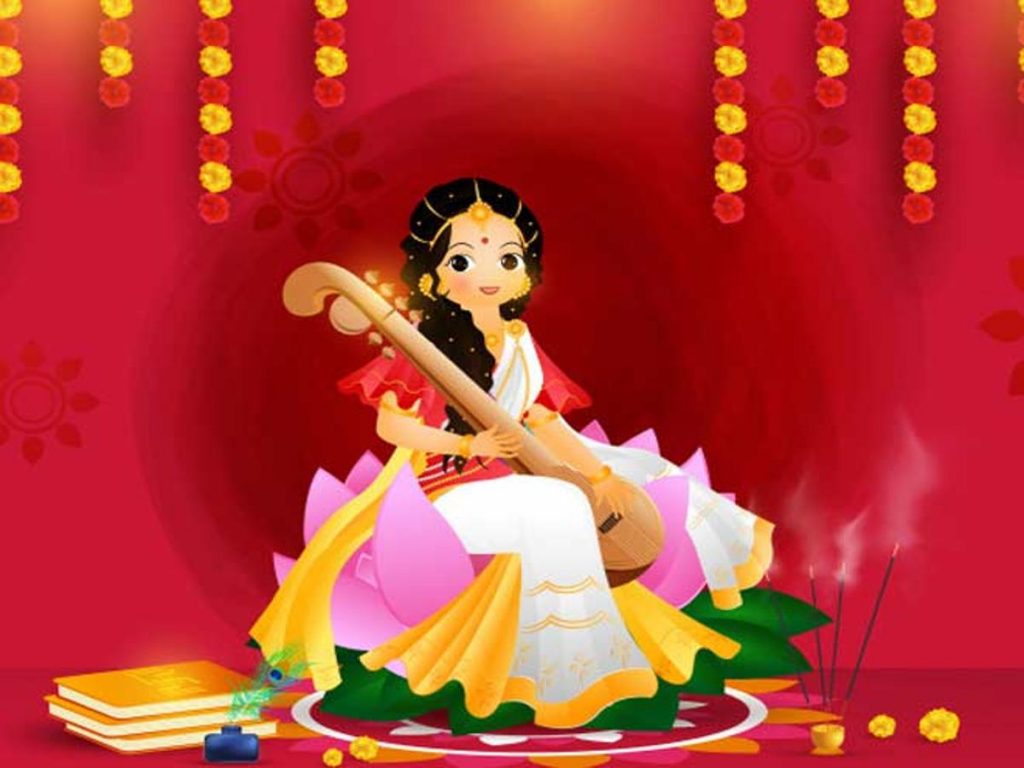
Basant Panchami is celebrated across the country with slightly different traditions. Delicious traditional dishes are cooked and enjoyed on this day. While in North India, especially in Punjab and Haryana, people fly kites, in the eastern part of the country like West Bengal, it is celebrated as Saraswati Puja.
Celebrations of Basant Panchami

In the southern states, it is known as Sri Panchami. In Gujarat, bouquets and garlands of flowers set with mango leaves are exchanged as gifts. The states of Maharashtra, Madhya Pradesh, Chhattisgarh, and Uttar Pradesh people worship Shiva and Parvati on this day.
History of Basant Panchami
The legends says that Kalidasa saddened by the abandonment from his wife planned to commit suicide by drowning himself in a river. He was about to do that when goddess Saraswati came out of the water and asked Kalidasa to take a bath in it. His life changed thereafter as he got blessed with wisdom and became a great poet.
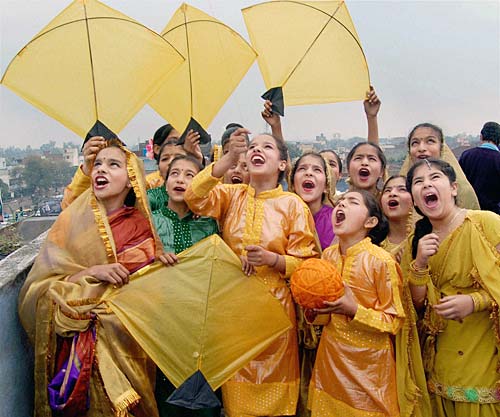
Another legend is based on the Hindu god of love Kama. According to mythology, Kamadeva once disrupted Lord Shiva’s meditation. Shiva was immersed in deep meditation after his wife Sati’s demise. To awaken him from the meditation, seers approached the Kama so that Shiva could reconnect with the world and notice Maa Parvati’s efforts for him. The Kama agreed and shot arrows, made of flowers and bees, at Shiva from his bow of sugarcane. An enraged Lord Shiva opened his third eye and burnt the Kama to ashes. After Rati’s (his wife) 40-day penance Shiva agreed to bring him back to life on the day of Basant Panchami. It is said he was later born as Pradumna, son of Lord Krishna.

